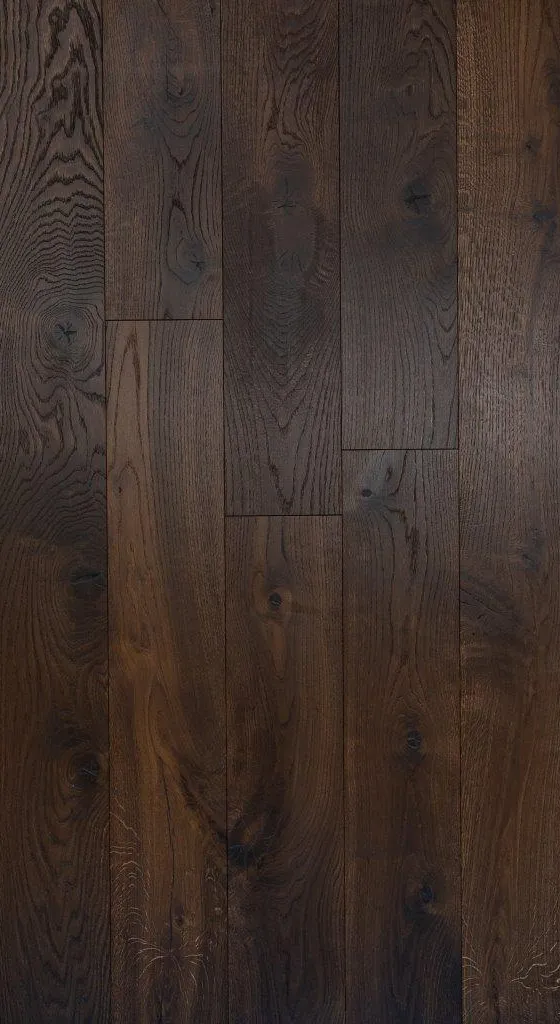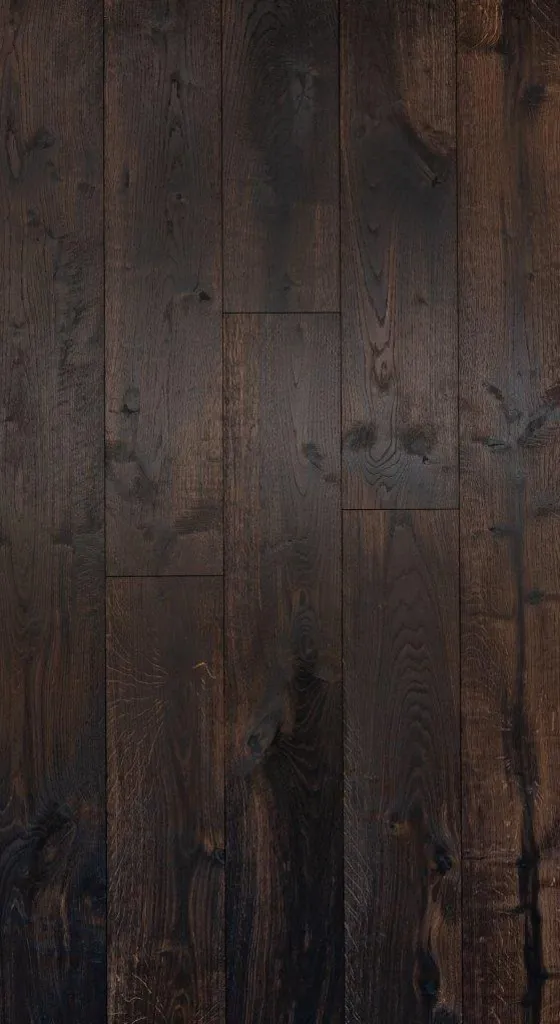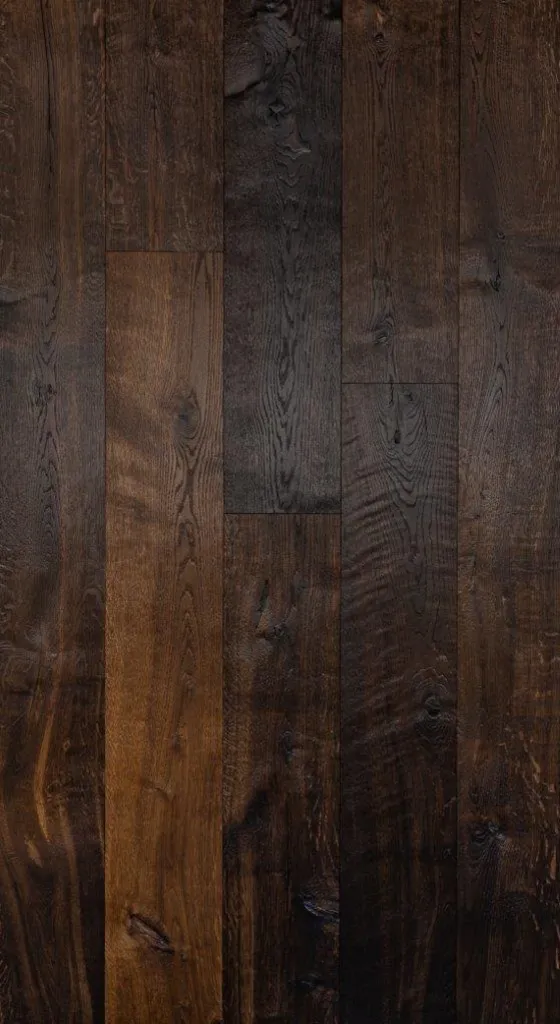DRYMAR is the only company in Poland that has it patent (obtained in 2008) for wood modification with volatile ammonia (so-called smoking). The modification allows you to obtain unusual colors, reminiscent of the colors of exotic wood. Unlike other companies that offer "ammonia modification", DRYMAR performs this process ensuring the material is protected against distortion and damage. Thanks to many years of experience, we are able to modify sawn timber up to 60 mm thick across its entire cross-section ("throughout"). After the smoking process, the wood is properly ventilated to remove the smell of ammonia. To protect the environment, we use a specialized system for absorbing ammonia residues.
Wood before and after smoking:
Material modified by us has no ammonia odor and it can be sanded many times, without fear of losing color.
Below we present the results of tests on selected physical and mechanical properties of oak wood, black locust and Siberian larch chemically modified with ammonia and unmodified. As a result of chemical modification with ammonia:
- The compressive strength along the fibers increases for oak wood by 12,6%, black locust 18,3%, Siberian larch 10,5%
- The compressive strength in the tangential direction increases for oak wood by 1,9%, for black locust by 8,9%,
Siberian larch by 7,1% - The compressive strength in the radial direction increases for oak wood by 1,9%, for black locust by 13,2% and decreases for Siberian larch wood by 5,5%.
- The static bending strength increased for oak wood by 13%, black locust by 4,6% and Siberian larch by 4,3%.
- The modulus of elasticity in static bending increases for oak wood by 5,9%, while for black locust it decreases by 12,2% and by 2,9% for Siberian larch.
- Hardness for oak wood by 19%, black locust by 14,2% and Siberian larch by 22,5%.
- The color of the wood changes to a very large extent (clear deviation), it changes most in the case of black locust wood, then oak wood and Siberian larch.
- Compressive strength in the radial direction
- Color
- Modulus of elasticity
- Static bending strength
- Compressive strength along the fibers
- Hardness
Select colors:
Rustic colors:




















